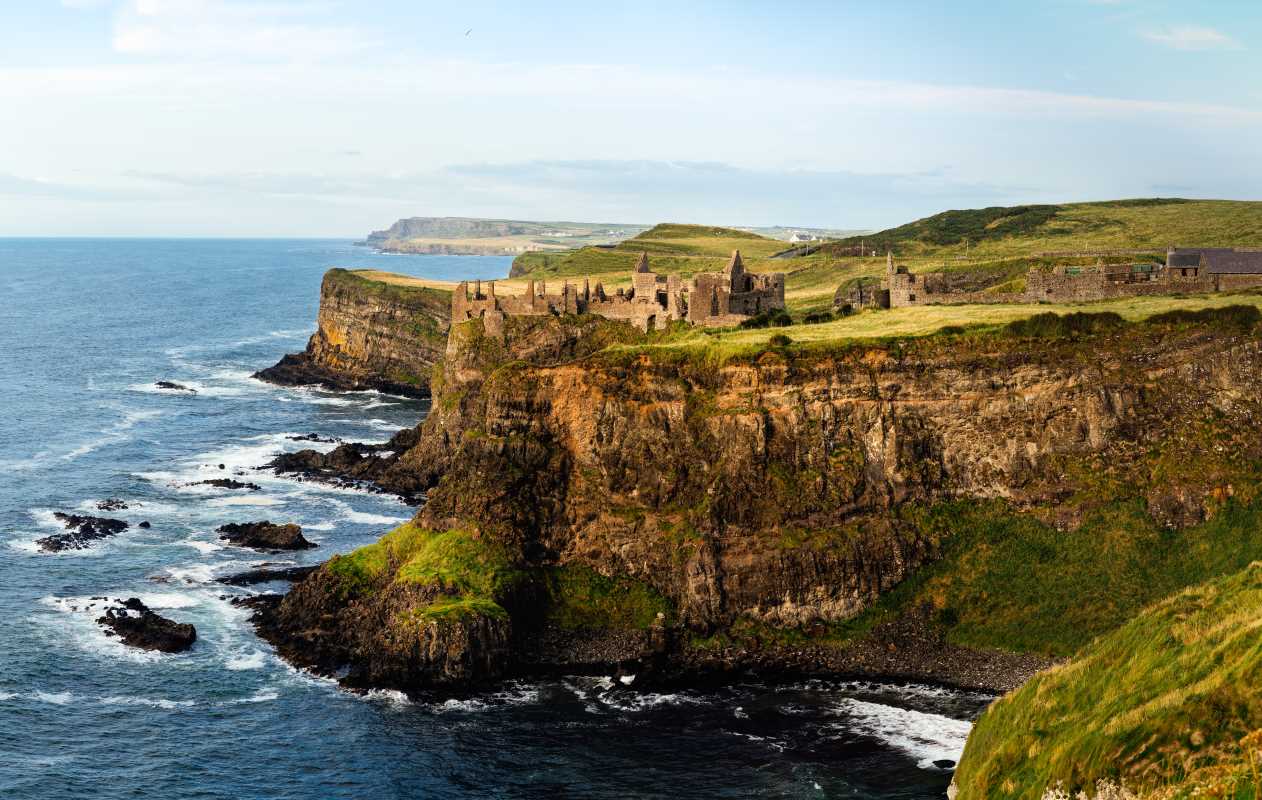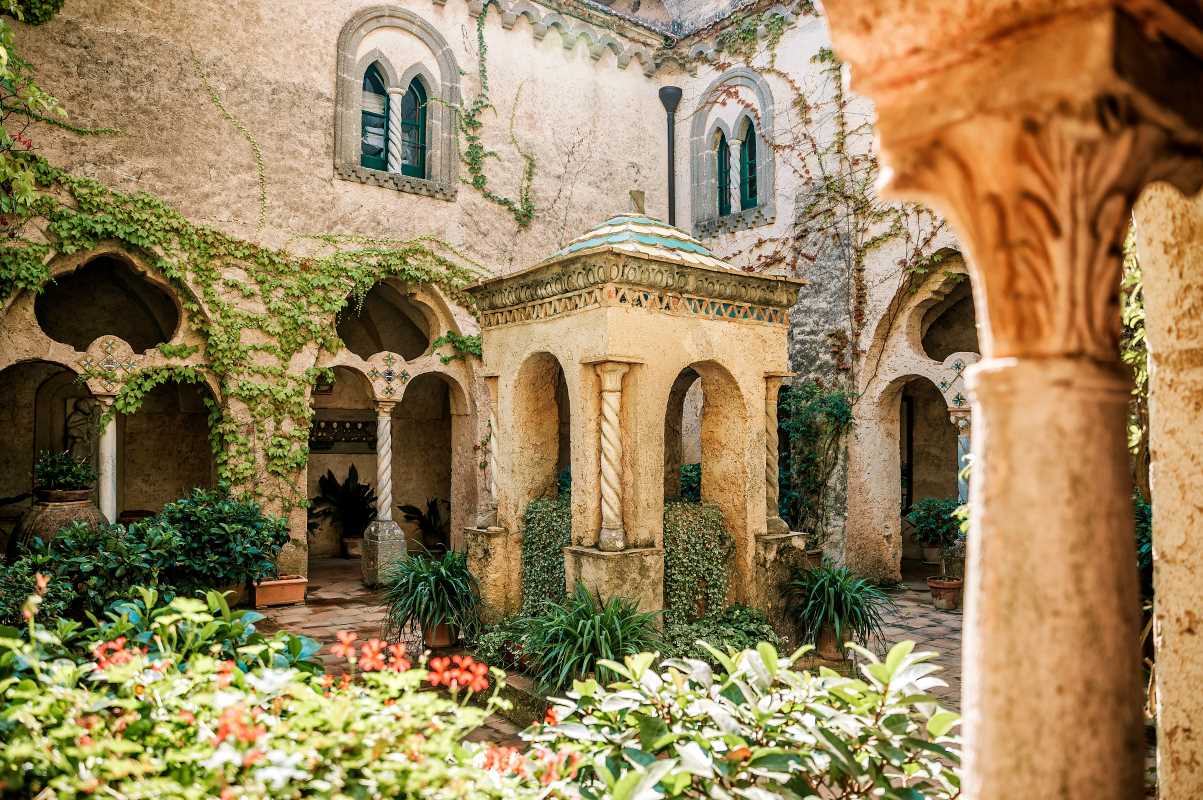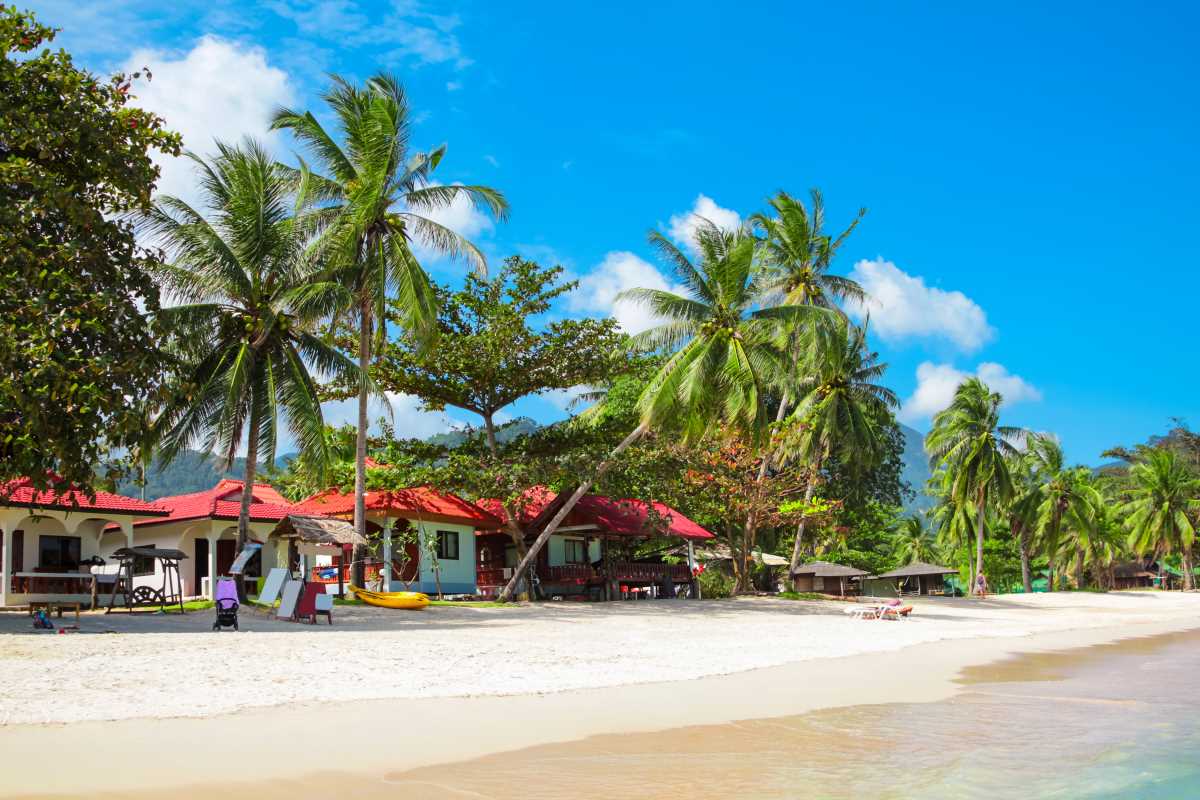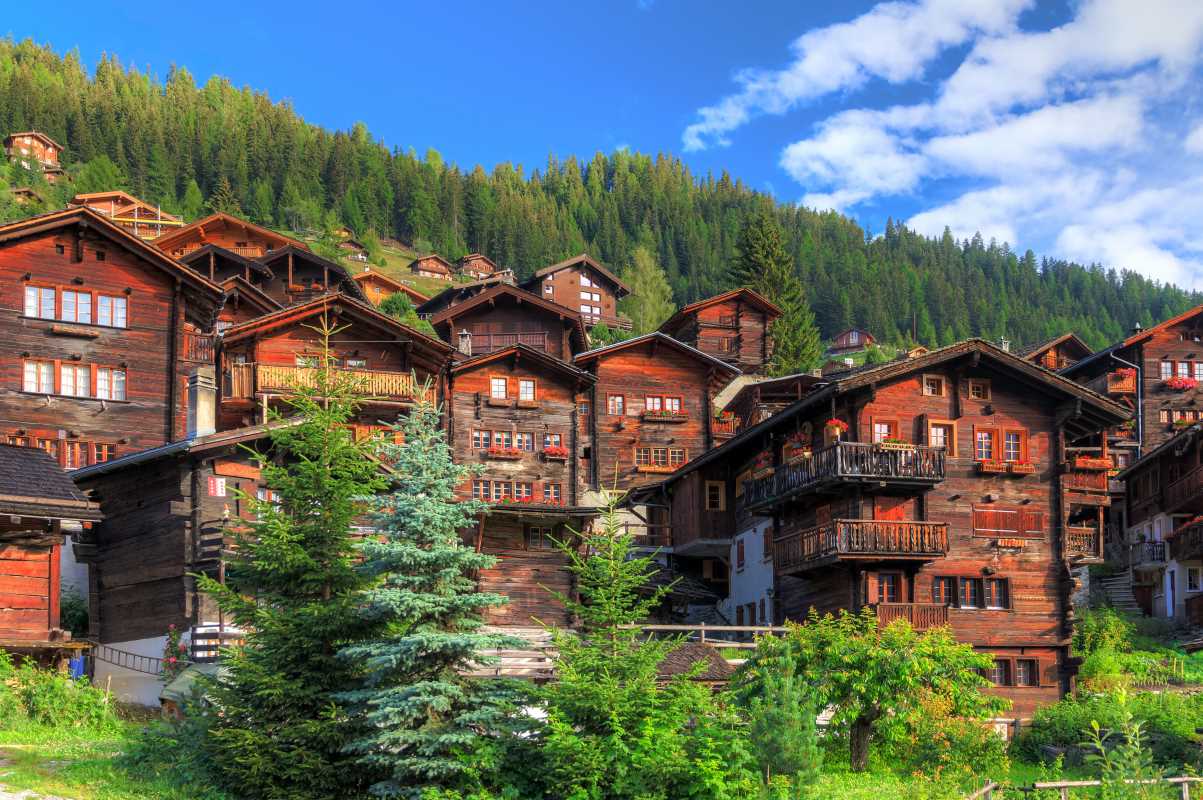There is a world beneath our feet, a silent, subterranean realm of breathtaking beauty and ancient mystery. The surface of our planet offers endless wonders, but its hidden caverns hold a unique allure, promising adventure far from the well-trodden path. Exploring these underground cathedrals reveals nature's artistry in its purest form. In 2025, venturing into these lesser-known caves offers a chance to connect with a quieter, more profound side of travel. You can discover the geological marvels and serene atmospheres that lie in wait, from the swirling blue walls of Patagonian marble caves to the star-like luminescence of New Zealand's glowworm grottos, each a destination that truly redefines exploration.
Marble Caves, Chile
Deep in Patagonia, on the tranquil waters of General Carrera Lake, lies a geological wonder of stunning beauty. The Marble Caves, or Capillas de Mármol, are a network of caverns, tunnels, and pillars sculpted by over 6,000 years of water erosion. The smooth, swirling patterns of the calcium carbonate walls reflect the lake's turquoise and azure hues, creating a mesmerizing spectacle of light and color. Accessing this remote wonder is an adventure in itself, typically requiring a flight to the Aysén Region followed by a drive along the scenic Carretera Austral.
Your journey culminates in a boat or kayak trip across the glacial lake. Small vessels can navigate through the narrow openings, allowing you to glide beneath arches of polished marble. The colors shift with the water levels and time of day, ranging from deep sapphire to brilliant aquamarine. Kayaking offers a particularly intimate experience, letting you paddle at your own pace and feel the immense scale and serenity of the formations. Visiting in the austral summer (December to March) provides the best weather and most vibrant water colors. This destination is for the traveler seeking raw, untouched beauty and a genuine sense of discovery far from tourist crowds.
Waitomo Glowworm Caves, New Zealand
Imagine drifting in complete silence through a dark cavern, with a galaxy of tiny blue lights twinkling above you. This is the magical experience of the Waitomo Glowworm Caves on New Zealand's North Island. The spectacle is created by thousands of Arachnocampa luminosa, a glowworm species unique to the country. These creatures emit a soft, ethereal light to attract prey, transforming the cave ceiling into a living constellation. The main grotto is accessed via a guided boat tour, where you float gently along an underground river.
The silence of the journey, broken only by the gentle lapping of water, enhances the surreal beauty of the scene. Guides often share Maori legends and the history of the caves, adding a layer of cultural richness to the natural wonder. For the more adventurous, black water rafting tours are available, allowing you to tube, jump, and climb through deeper parts of the cave system while still admiring the glowworms. The temperature inside remains cool year-round, making it a perfect activity regardless of the season. A visit to Waitomo is a descent into a fairy tale, a moment of quiet awe that stays with you long after you return to the surface.
Fingal's Cave, Scotland
On the uninhabited Isle of Staffa in Scotland's Inner Hebrides, Fingal's Cave stands as a monument to natural geometry. This sea cave is formed entirely of hexagonal basalt columns, similar to the Giant's Causeway in Northern Ireland. Its unique structure, with towering pillars and an arched roof, gives it the feel of a deliberately constructed cathedral. The crashing waves within the cave produce eerie, melodic acoustics, which inspired Felix Mendelssohn's "Hebrides Overture." The cave's Gaelic name, Uamh-Binn, translates to "Cave of Melody," a fitting tribute to its natural symphony.
Reaching Fingal's Cave requires a boat trip from nearby islands like Mull or Iona. Depending on the sea conditions, some tours allow passengers to disembark and walk along a causeway of broken columns to the cave's entrance. Peering into the vast, dark chamber while the sea echoes around you is a powerful and humbling experience. The stark, dramatic beauty of the basalt formations combined with the wild Atlantic setting makes this a truly unforgettable expedition for those drawn to rugged coastlines and the powerful artistry of volcanic landscapes.
Reed Flute Cave, China
Located in Guilin, China, the Reed Flute Cave is a stunning limestone cavern filled with an incredible array of stalactites, stalagmites, and rock formations. Its name comes from the reeds that once grew at its entrance, which were used to make flutes. Inside, the cave is a vast underground park of fantastical shapes and pillars. Over centuries, these formations have been given imaginative names like "Crystal Palace," "Dragon Pagoda," and "Virgin Forest."
What sets this cave apart is the multi-colored lighting that illuminates its geological features. The vibrant lights cast the formations in hues of red, green, blue, and gold, transforming the natural sculptures into a dreamlike art installation. A walking tour guides you through the main chambers, and the reflections of the formations in the still underground pools create perfect mirror images, adding to the cave's surreal atmosphere. Inscriptions found inside date back to the Tang Dynasty (792 AD), proving that this cave has been a cherished attraction for over 1,200 years. It’s a place where natural history and human artistry converge, offering a visual feast for the modern traveler.
Son Doong Cave, Vietnam
For the ultimate adventurer, Son Doong Cave in Vietnam offers an experience on an unparalleled scale. Discovered in 1991 and only fully explored in 2009, it is the largest known cave passage in the world. Its main chamber is so massive that it could fit a 40-story skyscraper. The cave even has its own localized weather system and contains a lush, primeval forest that thrives where the ceiling has collapsed, allowing sunlight to stream in. Giant stalagmites, some over 70 meters tall, tower within its colossal spaces.
Access to Son Doong is extremely limited to preserve its pristine ecosystem. Only one tour operator is licensed to lead expeditions, and just a few hundred permits are issued each year. A trip here is a multi-day trek through the jungle of Phong Nha-Ke Bang National Park, involving river crossings, climbing, and camping inside the cave itself. This is not a casual tour but a true expedition into a lost world. Exploring Son Doong is a life-changing journey, offering a rare glimpse into a place where nature's grandeur remains almost entirely untouched by the outside world.
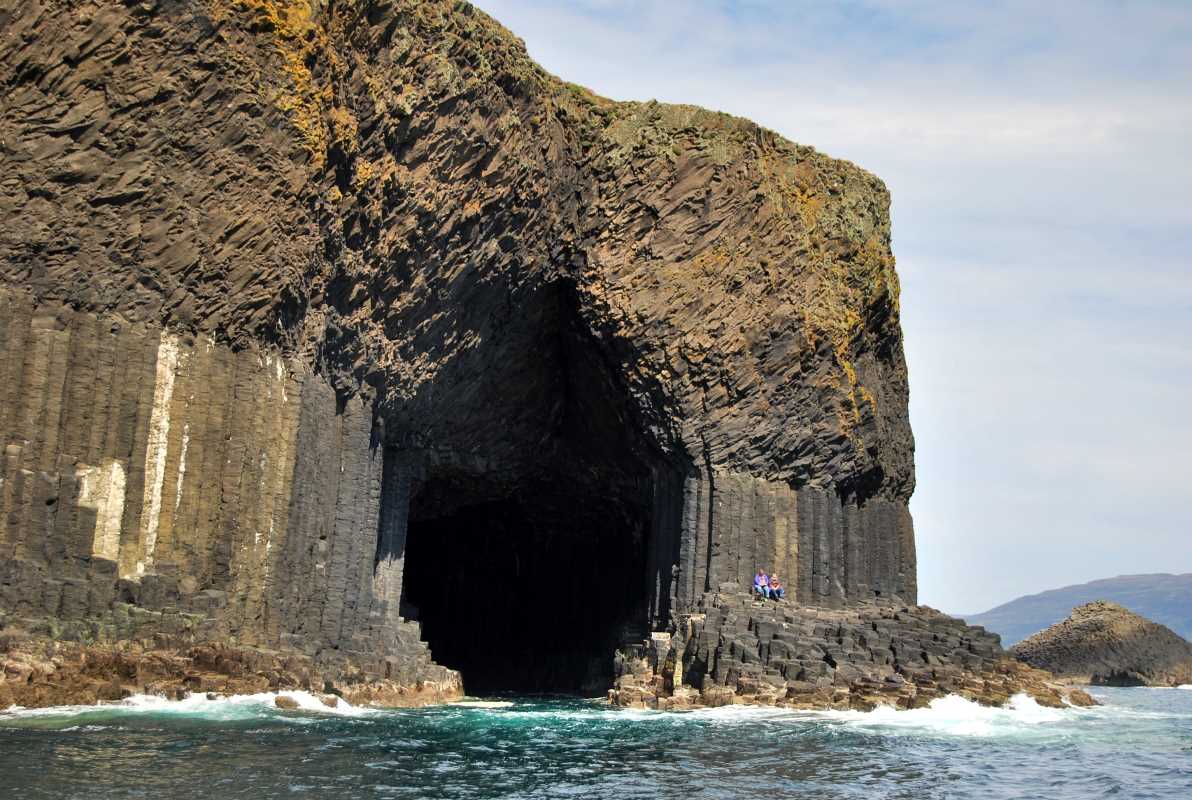 (Image via
(Image via
